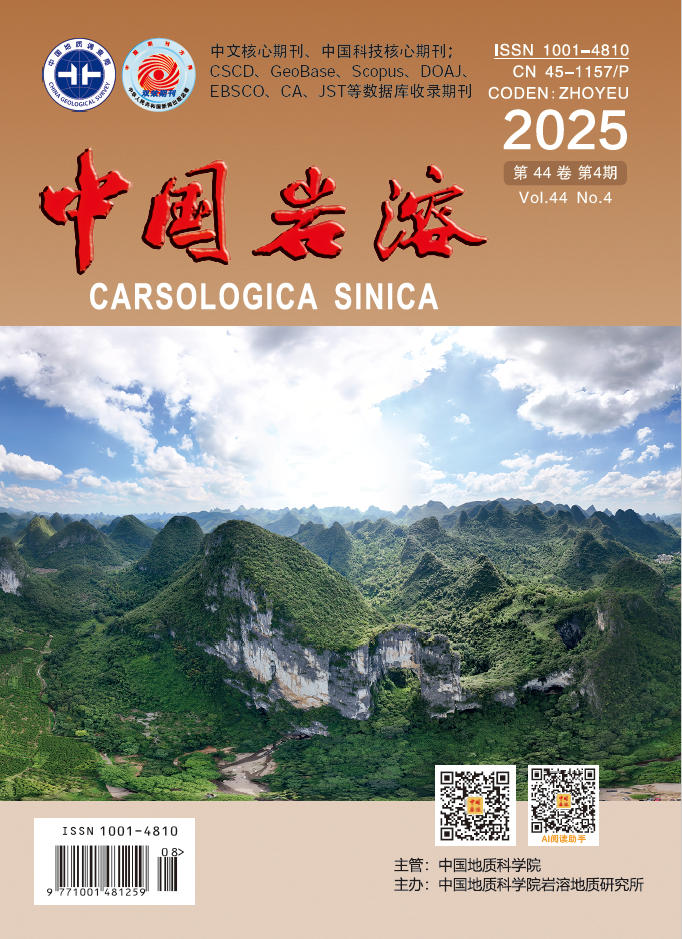2013 Vol. 32, No. 4
Display Method:
2013, 32(4): 365-370.
Abstract:
2013, 32(4): 391-397.
Abstract:
2013, 32(4): 398-403.
Abstract:
2013, 32(4): 404-410.
Abstract:
2013, 32(4): 411-418.
Abstract:
2013, 32(4): 419-432.
Abstract:
2013, 32(4): 433-436.
Abstract:
2013, 32(4): 437-446.
Abstract:
2013, 32(4): 447-452.
Abstract:
2013, 32(4): 453-461.
Abstract:
2013, 32(4): 462-471.
Abstract:
2013, 32(4): 472-479.
Abstract:
2013, 32(4): 480-486.
Abstract:






